Equality, Diversity, and Inclusion in Health and Social Care
VerifiedAdded on 2023/06/07
|8
|786
|337
Essay
AI Summary
This essay defines equality, diversity, and inclusion and discusses the Equality Act 2010 and its impact on healthcare. It explores models of practice that underpin equality, diversity, and inclusion, such as the equal opportunities model and the diversity and differences model. The essay also examines the effects of barriers to equality, diversity, and inclusion, highlighting potential negative impacts on individuals' well-being and health. Furthermore, it discusses the effectiveness of policies in promoting equality, diversity, and inclusion in the workplace, including creating a culture of fairness, recognizing unconscious biases, ensuring compliance, and addressing indirect discrimination. The essay references several academic sources to support its arguments and analysis, providing a comprehensive overview of the subject matter. Desklib offers a platform for students to access similar solved assignments and study resources.
1 out of 8
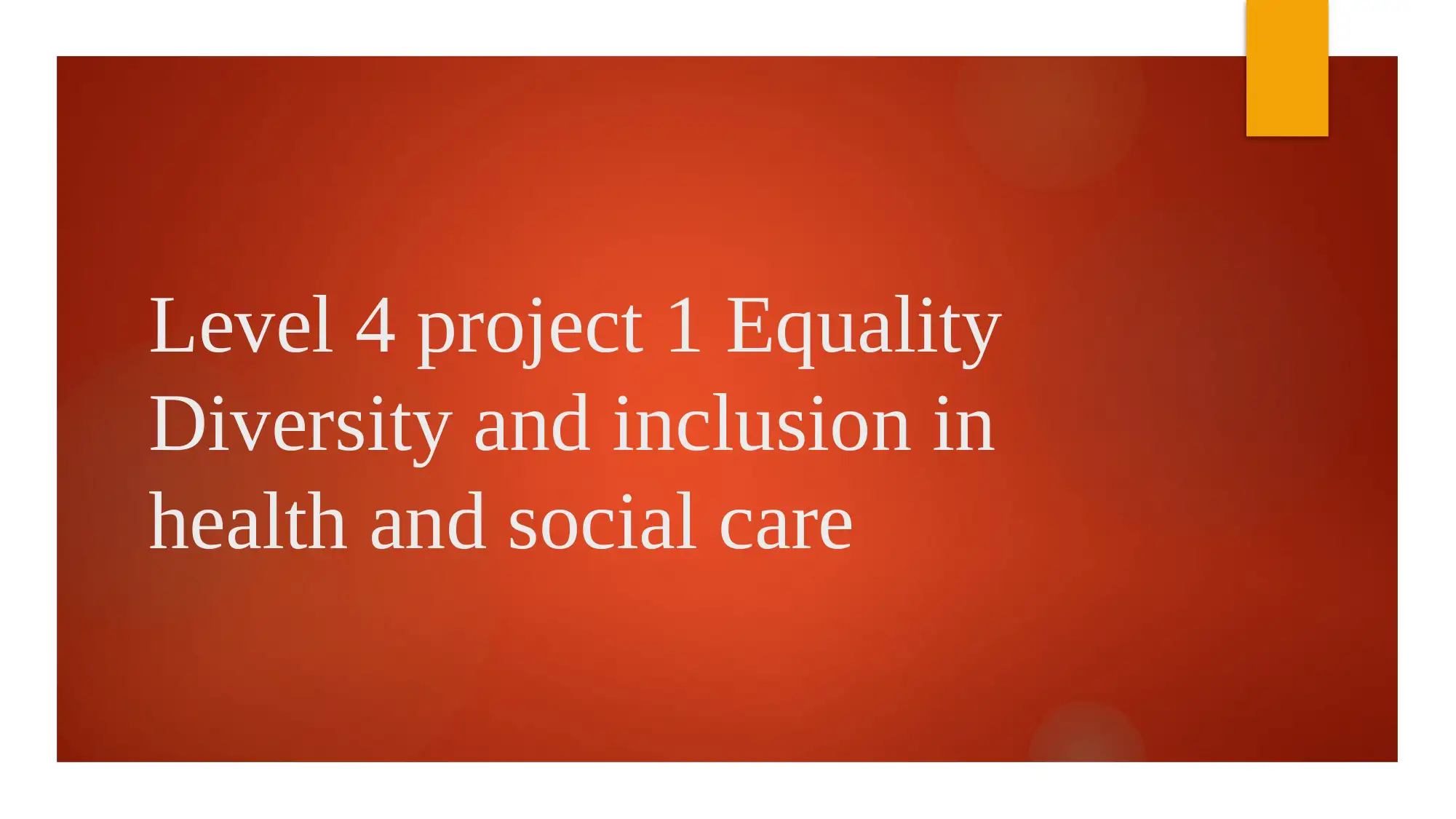
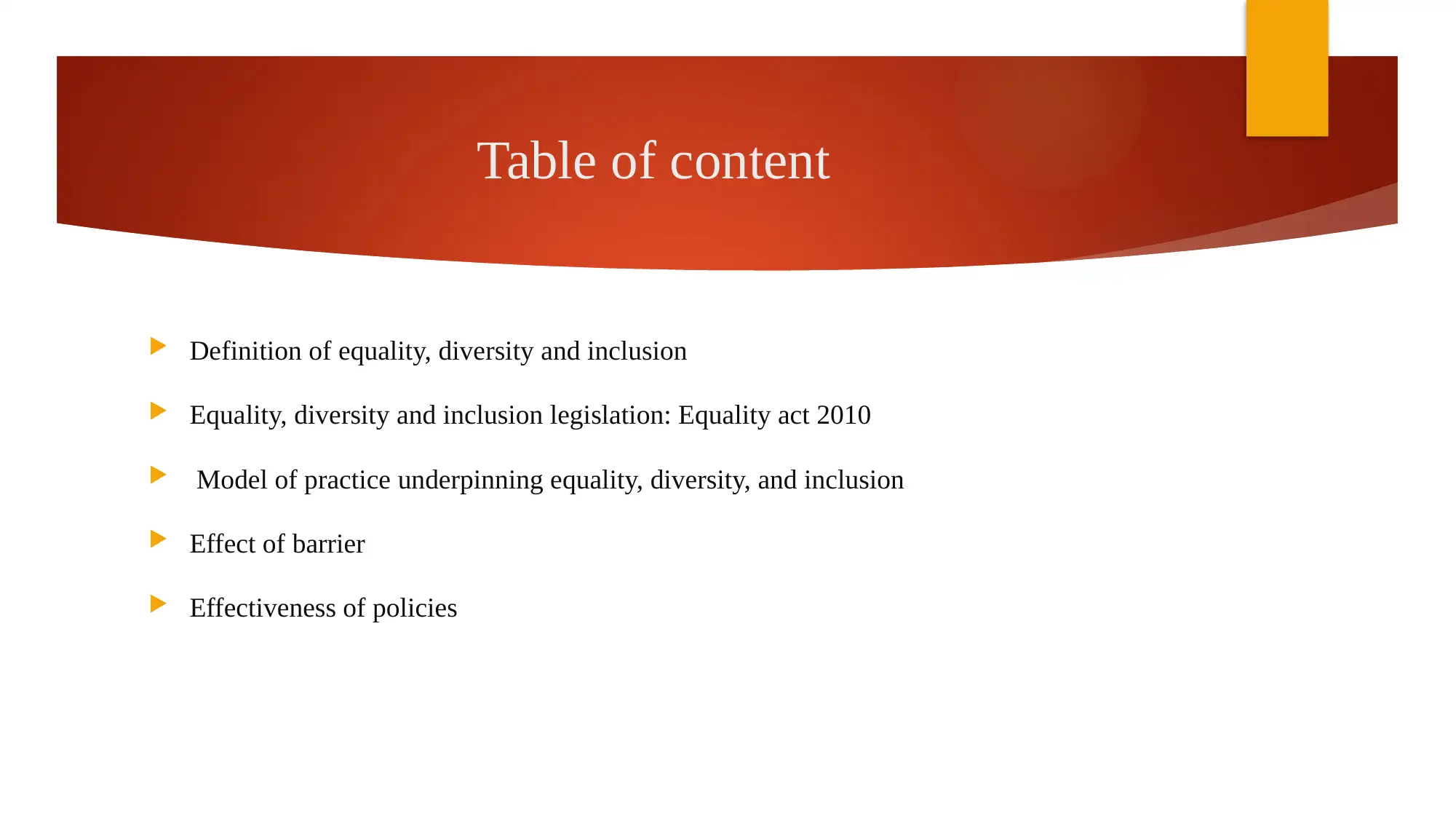
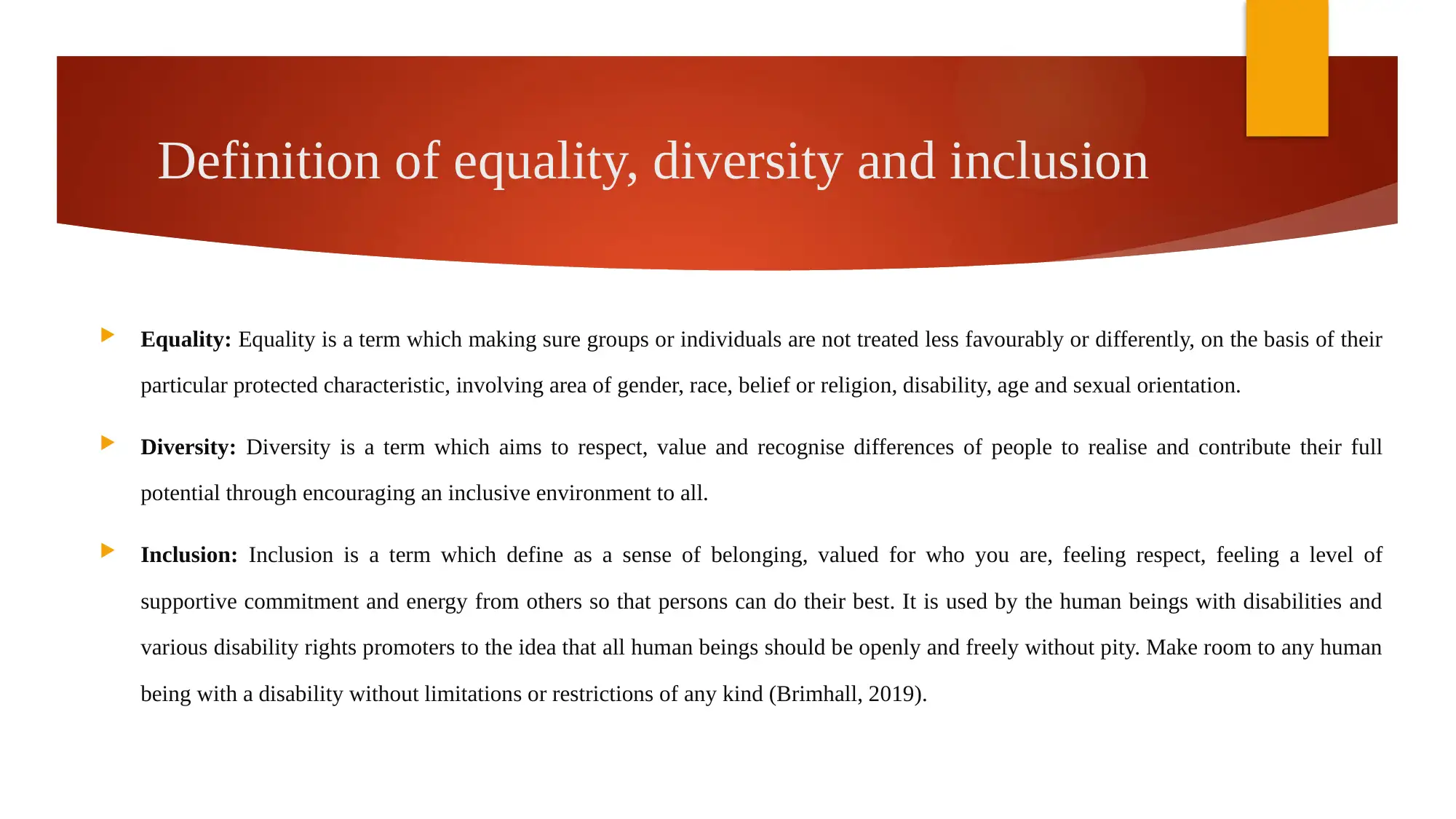

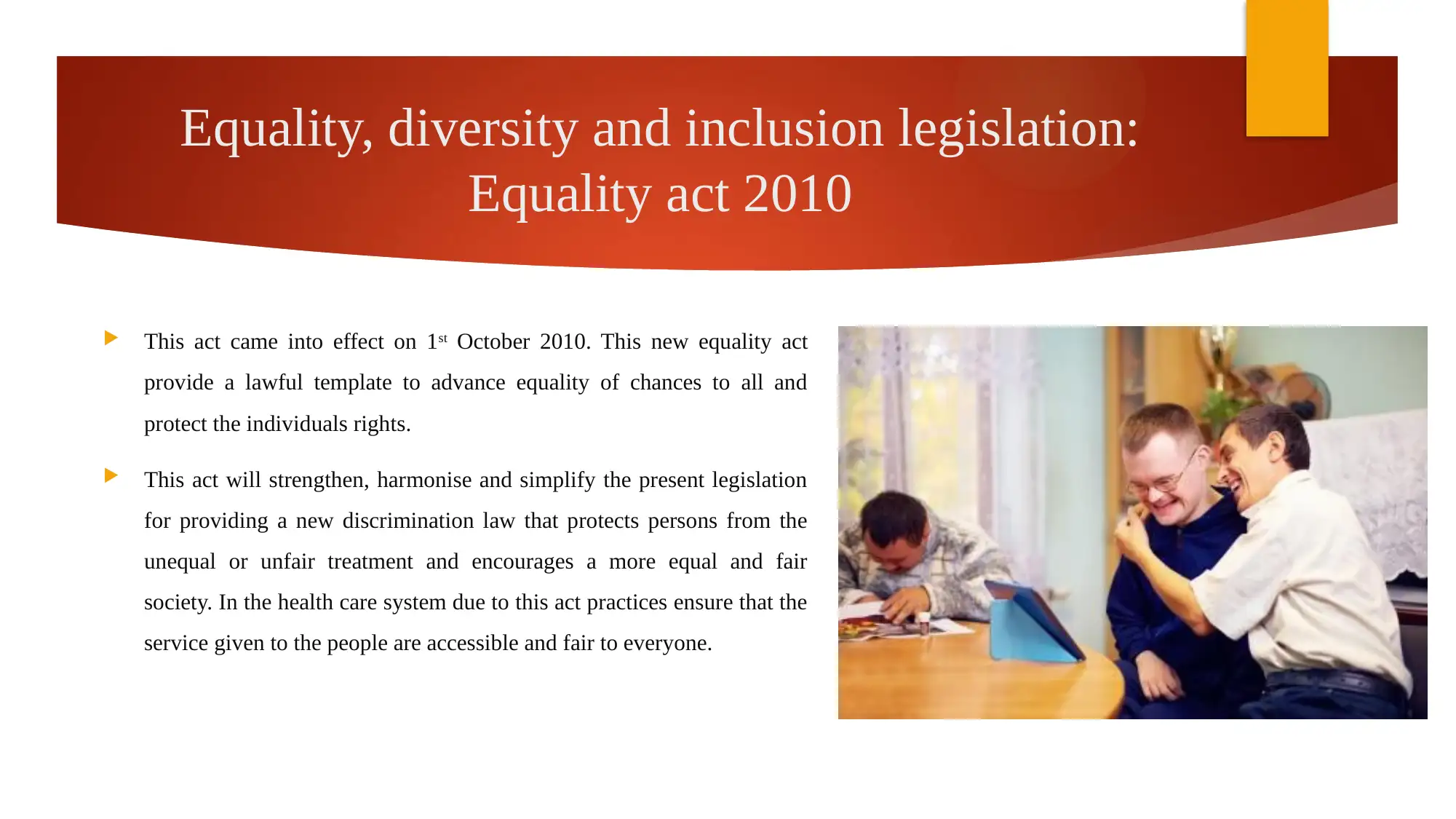
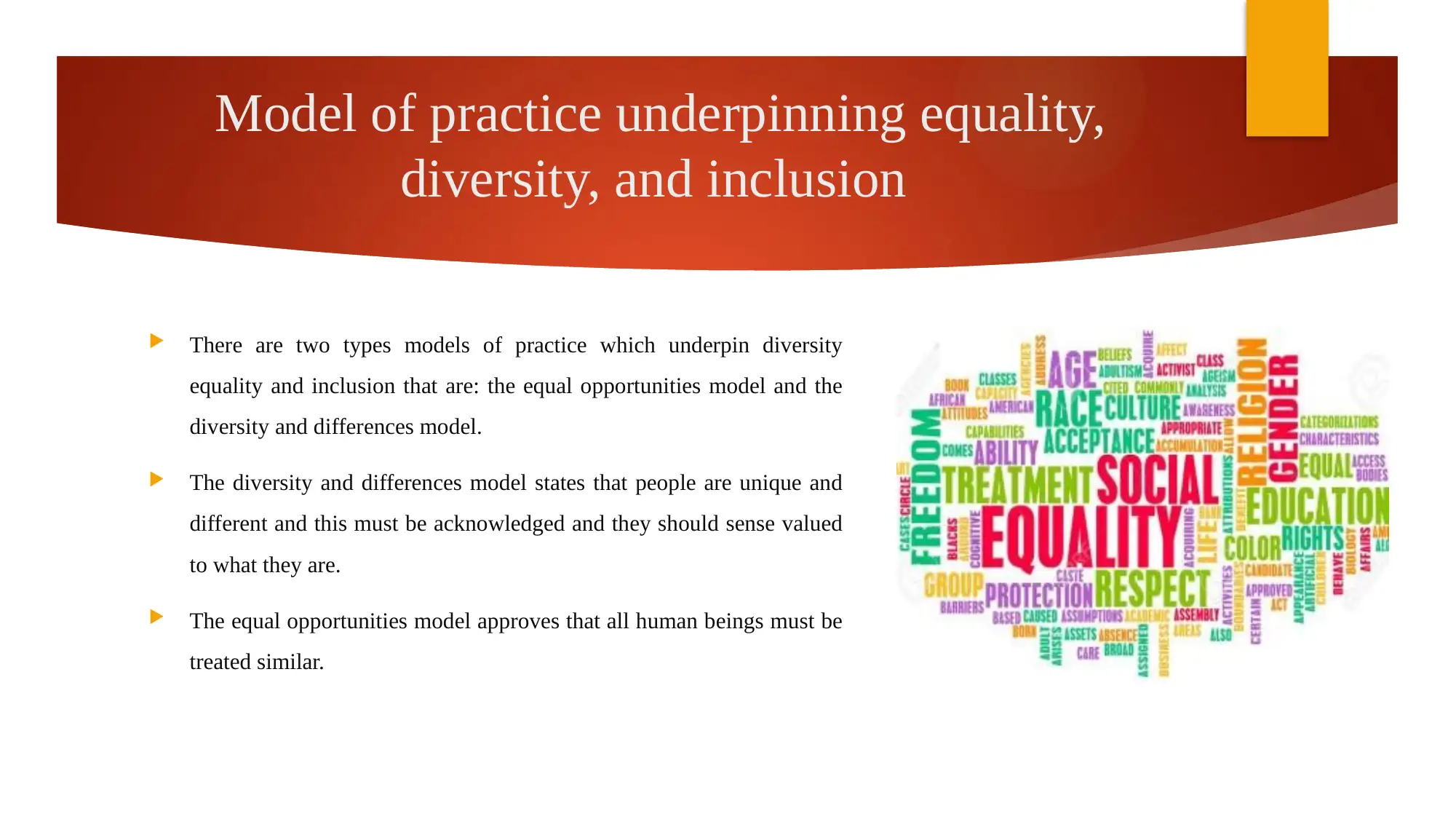
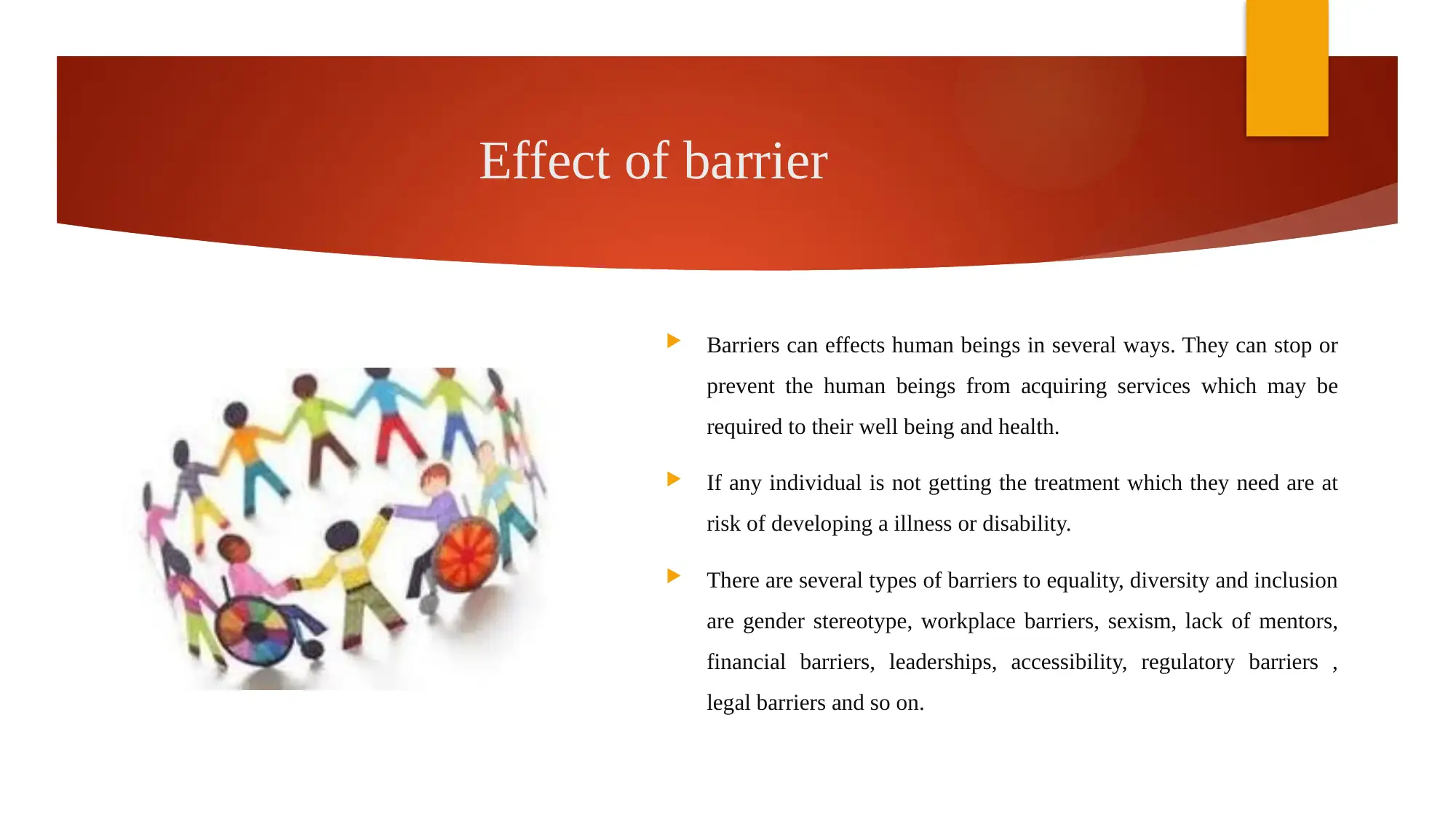
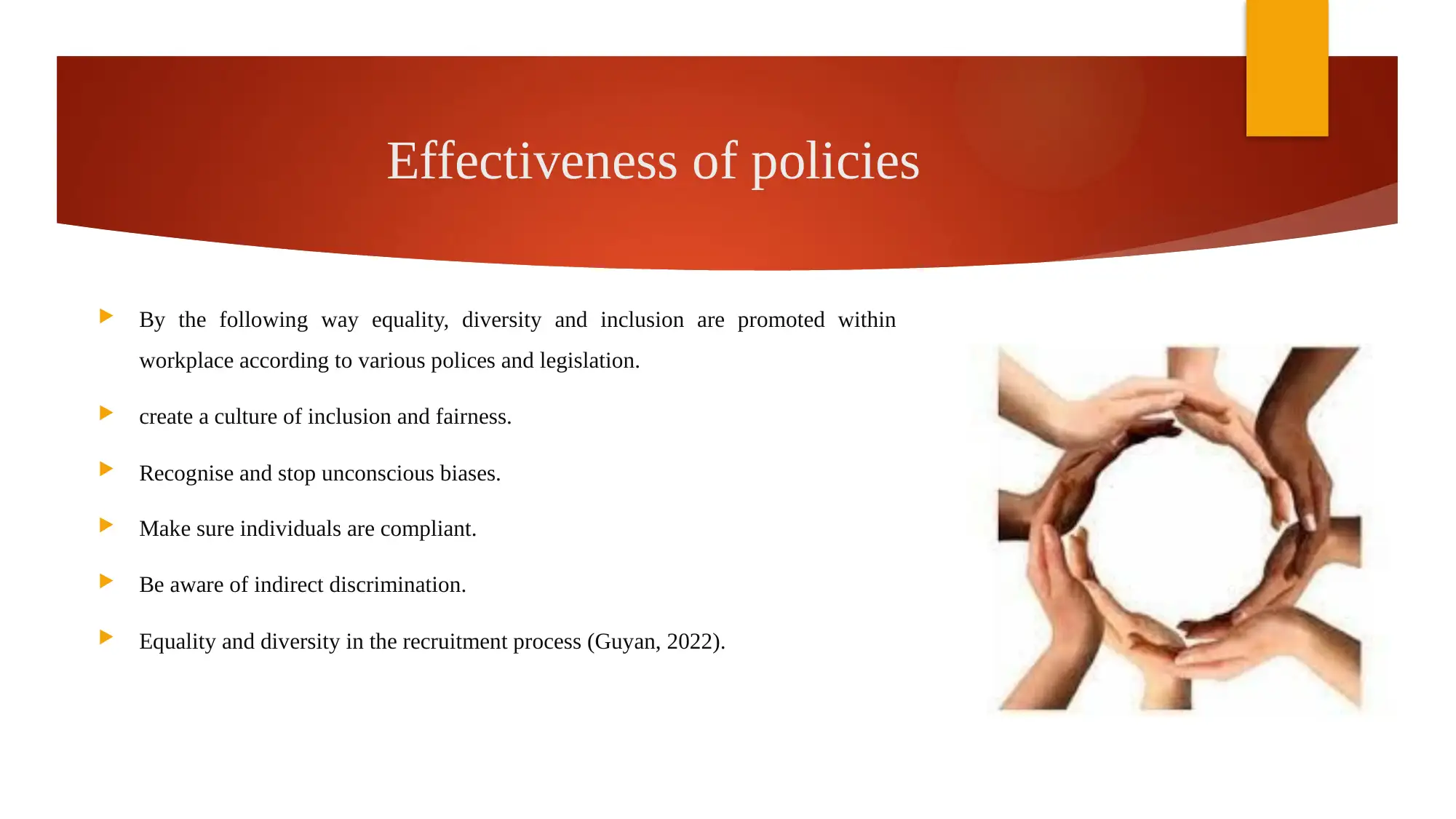
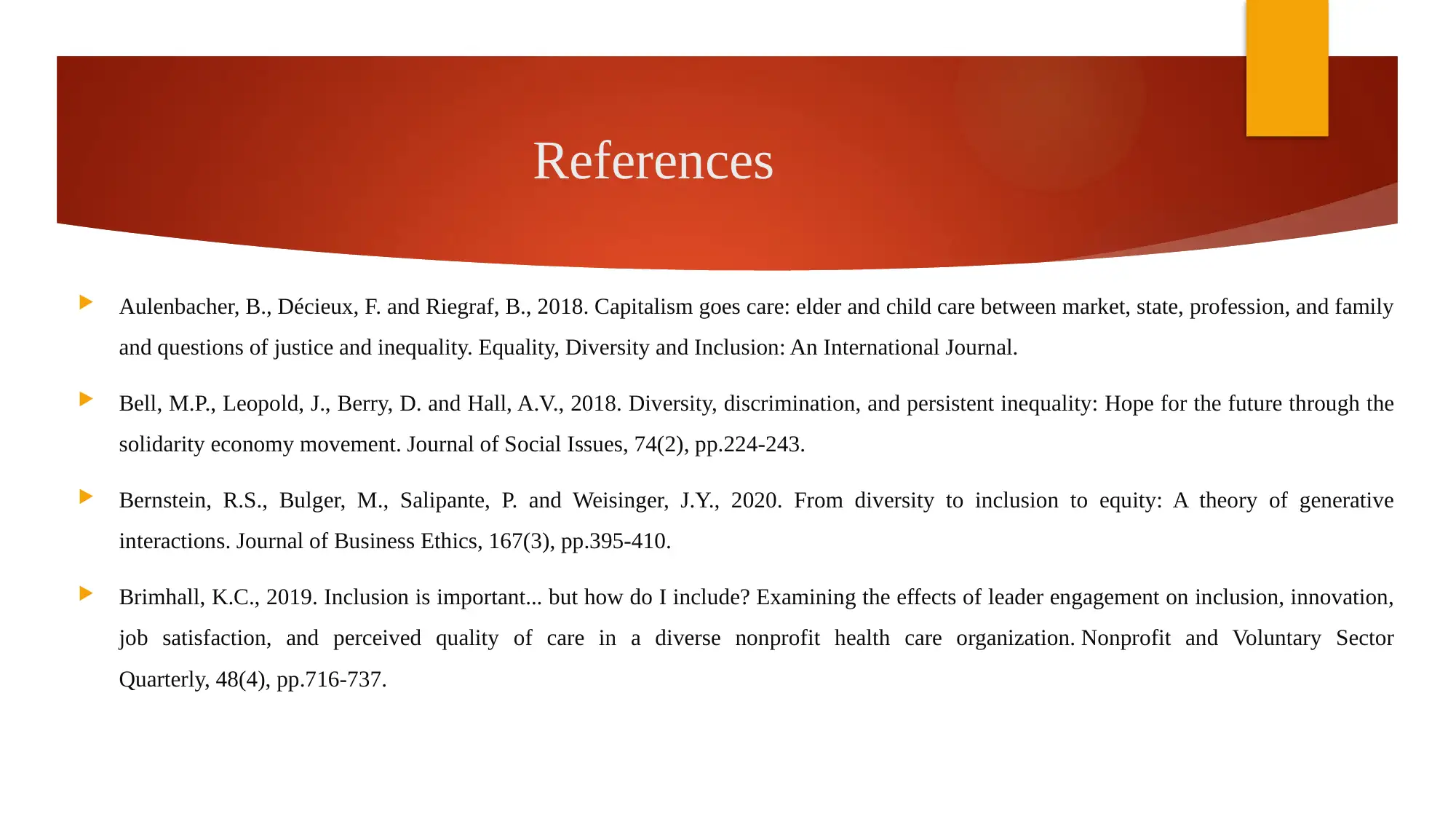





![[object Object]](/_next/static/media/star-bottom.7253800d.svg)